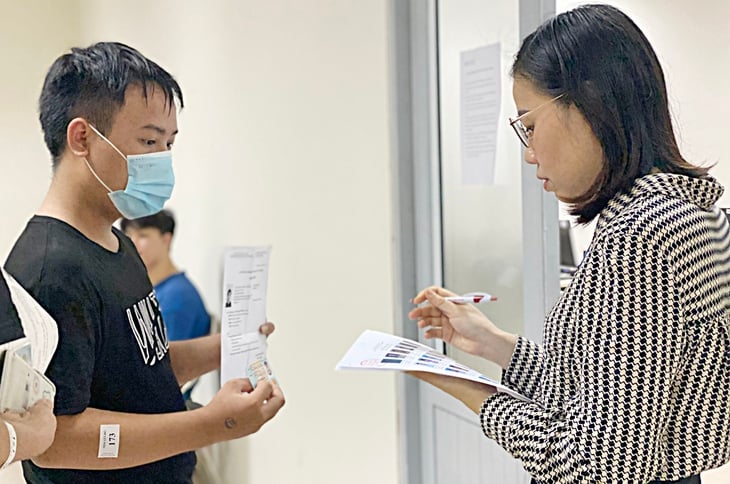
Calling candidates into the exam room - Photo: VINH HA
Mr. Tran Van Nghia - former Deputy Director of the Department of Quality Management (Ministry of Education and Training), who has been involved in exam innovation since 2000, said that all improvements to high school graduation exams are aimed at reducing stress and costs for candidates and society, but above all, the goal is to maintain reliable results. The word "real exam" has a negative impact on "real learning".
Debate on keeping or abolishing graduation exams
Over the past two decades, separating, merging, and then separating the high school graduation exam from the university entrance exam has not been outside the concern and effort to solve the story of "real learning, real testing".
Mr. Nghia recalled that after implementing the "two no" policy for several years, the high school graduation results returned to the 99% threshold and there were many discussions about whether to keep or abolish the graduation exam when only 1% of candidates did not meet the requirements.
Education experts are divided into two groups with two different opinions. Some experts believe that graduation exams should be abolished. Others propose the idea of high schools considering the completion of the program for students who have finished their studies and only organizing exams for students who have the ability and desire to be awarded a graduation certificate to study at a higher level.
Some experts say that exams should still be held, but the Department of Education and Training or high schools should organize the exams and issue certificates or diplomas.
"When the principal is held responsible, it may be taken seriously," some experts have expressed this opinion. The "eliminate graduation exam" opinion believes that this exam should be lightened and instead invested in university entrance exams. Separating "graduation" from "admission" is also a way to reduce negative motivation for exams.
However, opposing opinions say that the graduation exam cannot be abolished because it is not only an exam for graduation but also to maintain quality, and is the basis for adjusting educational policies and improving teaching quality. Experts on the "keep the exam" side are concerned that if there is no exam, students will not have the motivation to study.
Mr. Nguyen Vinh Hien, former Deputy Minister of Education and Training, shared the view that he has stated and maintained for many years: "If we understand this exam to evaluate and recognize the quality of general education products, we will see that the 99% graduation rate is normal.
Just like manufacturing a product to market, it is necessary to check the product quality before leaving the factory. If the production process is good, 99% or even 100% of the product meets the factory requirements is normal. If it is lower, the process needs to be reviewed.
With this argument, Mr. Hien said that we should not think that 99% of students passing the graduation exam should be abolished, but what needs to be considered is a solution to make the 99% number realistic.
And after many years of discussion, the high school graduation exam was not eliminated. But it was merged and then separated from university admission. Currently, the graduation exam is the only national exam, while the university entrance exam in the "three common" period, although highly appreciated for its objectivity and reliability, was eliminated.

Candidates in Hanoi after an exam session at the 2025 High School Graduation Exam - Photo: NAM TRAN
Return the name of the high school graduation exam
From 2015 to 2019, the whole country only had one national high school exam with two purposes: high school graduation and university and college admission. The combination of exams was aimed at reducing workload, stress, and costs, making it easier for candidates to not have to take too many exams. However, the pressure on candidates and those who organize the exams is very large.
The regulations for the exams in these years have been constantly supplemented and adjusted. In 2015 - the first year of implementing the "2 in 1" exam, the Ministry of Education and Training stipulated two types of exam clusters: local exam clusters for candidates who only take the exam for graduation (65 clusters) and university exam clusters for candidates who take the exam for both graduation and university admission (38 clusters). The university exam clusters are headed by university staff assigned to the cluster.
By 2017, the Ministry of Education and Training had abolished the regulation of two types of examination clusters, each province and centrally-run city could only organize one examination cluster. The examination was assigned to the locality, which was responsible for both invigilation and grading.
2017 is also the year of the exam with changes in subjects: high school candidates take four exams including math, literature, foreign language and choose one of two combined exams: natural science (including math, physics, chemistry) and social science (including history, geography, civic education). Candidates studying regular education take three exams: math, literature and one of two combined exams.
During this period, over 90% of universities used national exam results for admission, while only a few private schools admitted students based on academic records. This "burden" made the task of protecting the exam objectively and seriously difficult.
This was the time when shocking cheating occurred in some northern mountainous provinces. If before the "two no" campaign, negative examinations were caused by many reasons including the disease of achievement, then in the years of national high school exams, the negatives mainly came from the motive of "university admission".
In fact, the then Minister Phung Xuan Nha had invited experts to study exam reform for many years. The Ministry of Education and Training had also accepted the results of the research team with proposed options. Among them, the option of "eliminating the graduation exam" was once again raised.
This plan states that students who complete the high school program will be awarded a certificate. Candidates who want to take the exam to get university admission results will take the exam organized by independent testing centers with many different exam sessions throughout the year.
Those who proposed this claim that when university entrance exams are assigned to independent centers instead of local ones, negative practices will be eliminated. In addition, the exam methods will have fundamental changes, consistent with the goal of developing learners' abilities and qualities.
Although the proposals were not realized, during this period some universities began to establish testing centers to organize thinking and capacity assessment exams, allowing training institutions to use these exam results for admission.
In 2020, the Ministry of Education and Training returned the name of the high school graduation exam. In form, it was separated independently after five years of merging into a "2 in 1" exam. However, this exam still maintains the same goals as the "2 in 1" exam, allowing the use of exam results for admission.
Not only that, the Ministry of Education and Training also issued binding regulations for universities to use high school graduation exam results as one of the university admission methods. The history of high school graduation exams was written for another four years, relatively stable to start a strong innovation roadmap.
Special exam in 2025
The 2025 exam is the first exam for students studying the 2018 General Education Program. Although it is still under pressure as an exam with many purposes, including university admission, the 2025 exam has had clear changes in the orientation of exam questions.
It is more closely aligned with changes in the general education program when the proportion of questions related to practice to test candidates' abilities and skills is emphasized. In particular, the literature subject has had breakthrough changes when it does not use materials from textbooks, in order to eliminate the problem of "model essays" and multiple-choice tests are more diverse in format.
Along with that, university admission with many methods also reduces some pressure for graduation exams. And instead of mobilizing many forces just to fight against exam cheating, the solution of "studying for real, taking real exams" is more fundamental.
Source: https://tuoitre.vn/50-nam-ky-thi-tot-nghiep-thpt-ky-cuoi-gian-nan-hoc-that-thi-that-20250630101901516.htm





![[Photo] National Assembly Chairman Tran Thanh Man holds talks with President of the Senate of the Czech Republic Milos Vystrcil](/_next/image?url=https%3A%2F%2Fvphoto.vietnam.vn%2Fthumb%2F1200x675%2Fvietnam%2Fresource%2FIMAGE%2F2025%2F11%2F21%2F1763715853195_ndo_br_bnd-6440-jpg.webp&w=3840&q=75)

![[Photo] Visit Hung Yen to admire the "wooden masterpiece" pagoda in the heart of the Northern Delta](/_next/image?url=https%3A%2F%2Fvphoto.vietnam.vn%2Fthumb%2F1200x675%2Fvietnam%2Fresource%2FIMAGE%2F2025%2F11%2F21%2F1763716446000_a1-bnd-8471-1769-jpg.webp&w=3840&q=75)
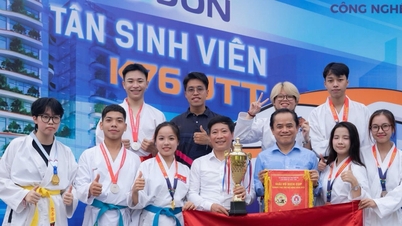

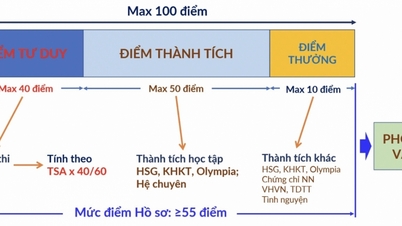

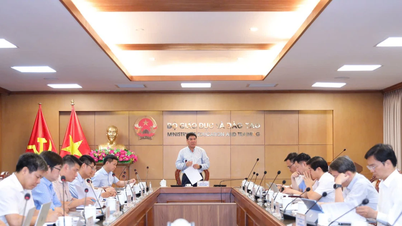

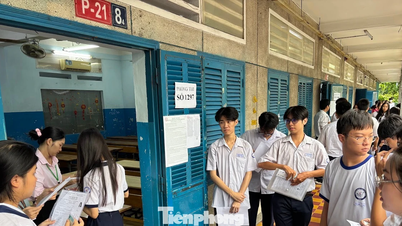




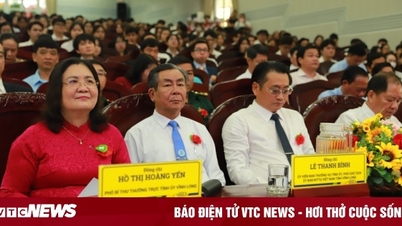

















![[Photo] President Luong Cuong receives Speaker of the Korean National Assembly Woo Won Shik](/_next/image?url=https%3A%2F%2Fvphoto.vietnam.vn%2Fthumb%2F1200x675%2Fvietnam%2Fresource%2FIMAGE%2F2025%2F11%2F21%2F1763720046458_ndo_br_1-jpg.webp&w=3840&q=75)




















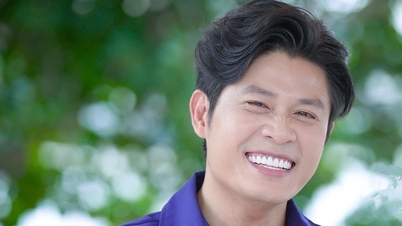








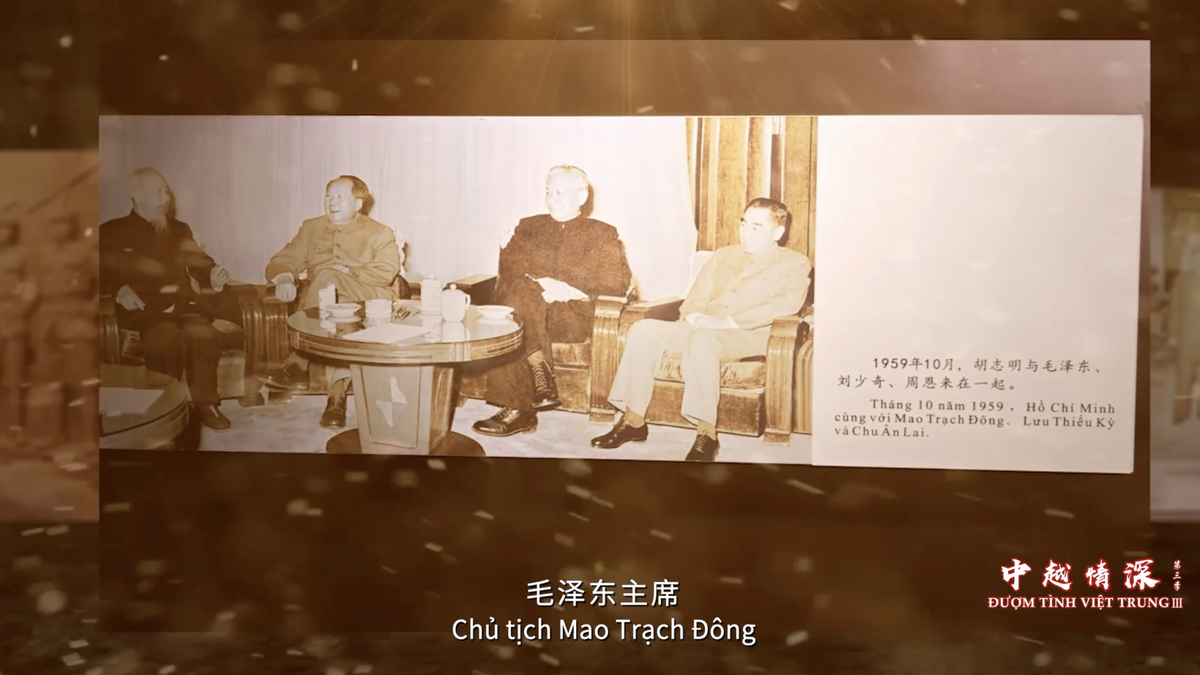











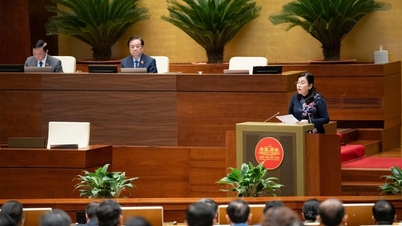


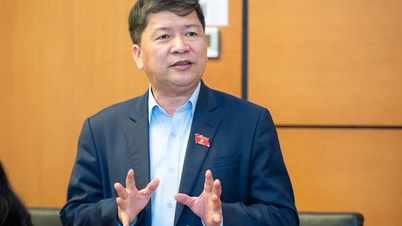


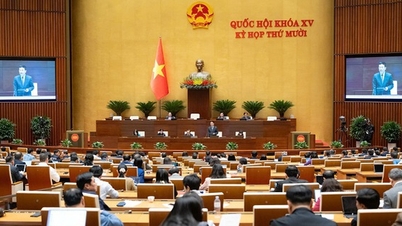







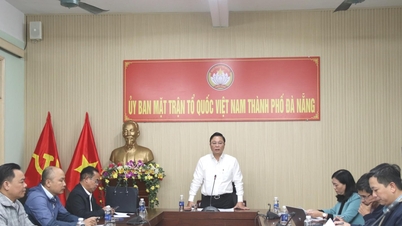



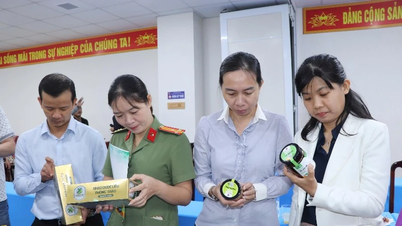










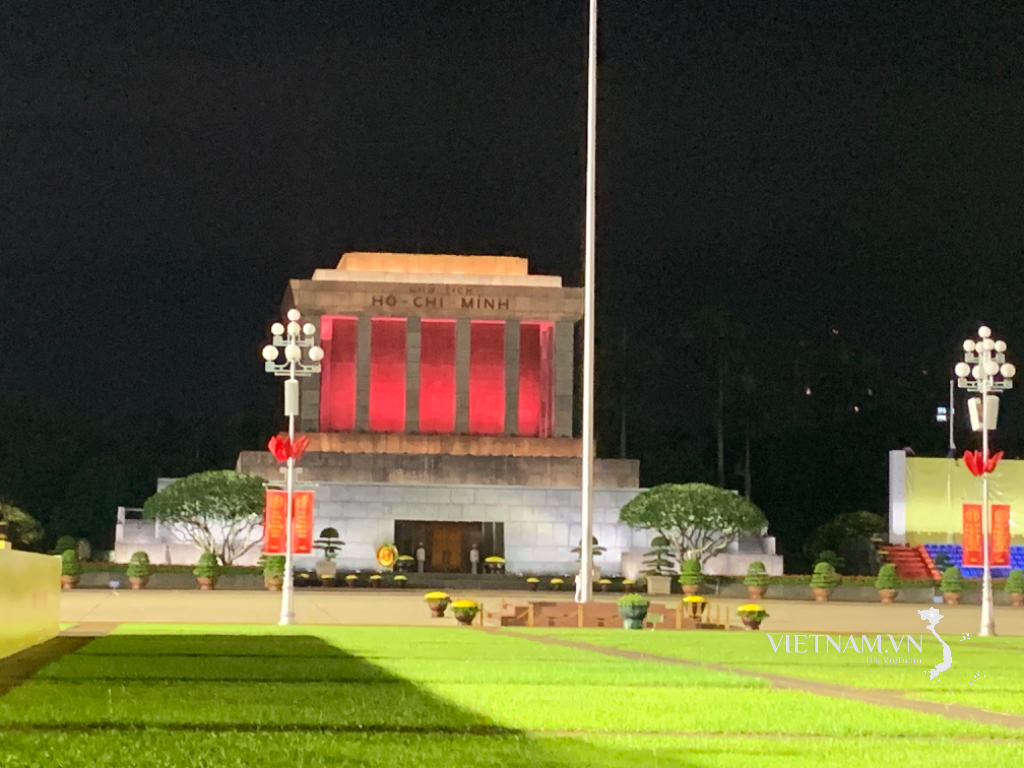



Comment (0)